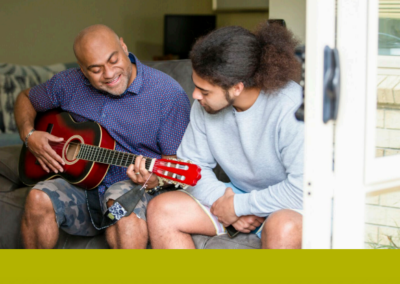Case Study_Monte Cecilia_FINAL


“In 2013, more than half (52 per cent) of homeless adults were working, studying, or both, up from 49 per cent in 2006,” Dr Amore says.Read the press release here.
The key findings in this research show:
·The severely housing deprived or ‘homeless’ population has grown in size and scale over the last three censuses, at an accelerating rate. The prevalence of homelessness grew by 15 per cent between the 2006 and 2013 censuses, compared with a 9 per cent increase between 2001 and 2006.
·In 2013, there were at least 41,000 homeless New Zealanders, or about one in every 100 New Zealanders
.·Nelson, Auckland and Wellington regions saw the largest increases in homelessness between 2006 and 2013.
·Homelessness declined in Southland, Waikato, and Taranaki regions between 2006 and 2013.
·More than half (52%) of homeless adults are working, studying, or both.
·More than half (51%) the homeless population are younger than 25.
·People identifying as Pacific, Māori, or Asian groups are over –
represented in the homeless population. Pacific New Zealanders are ten times more likely to be homeless than European New Zealanders.
·Migrants, especially new migrants, are at particular risk of homelessness.
MSD's LTIB Submission FINAL
CHA Tenancy Management Framework - Capability Assessment Tool
Community Housing Aotearoa 2024/2025 Audited Accounts